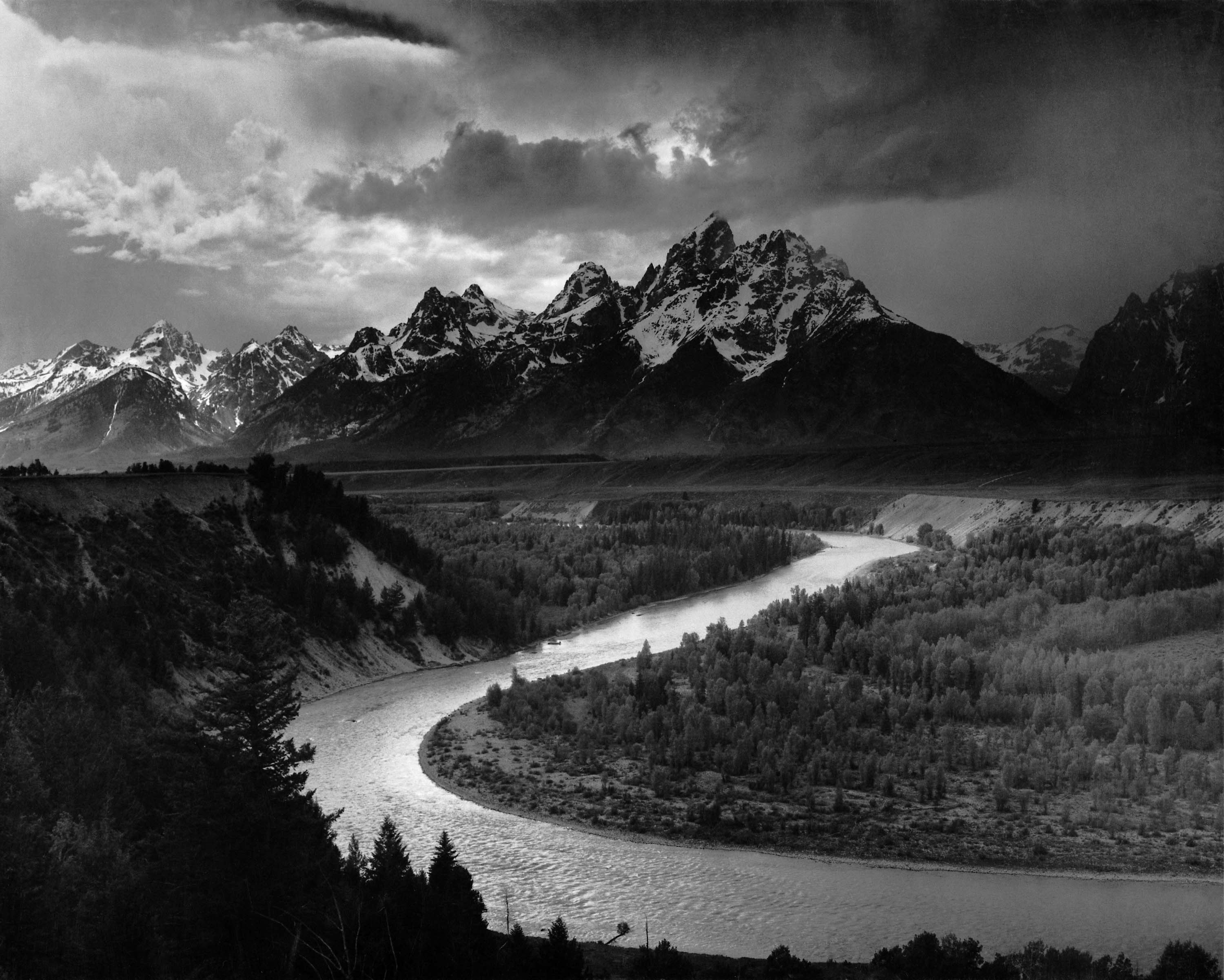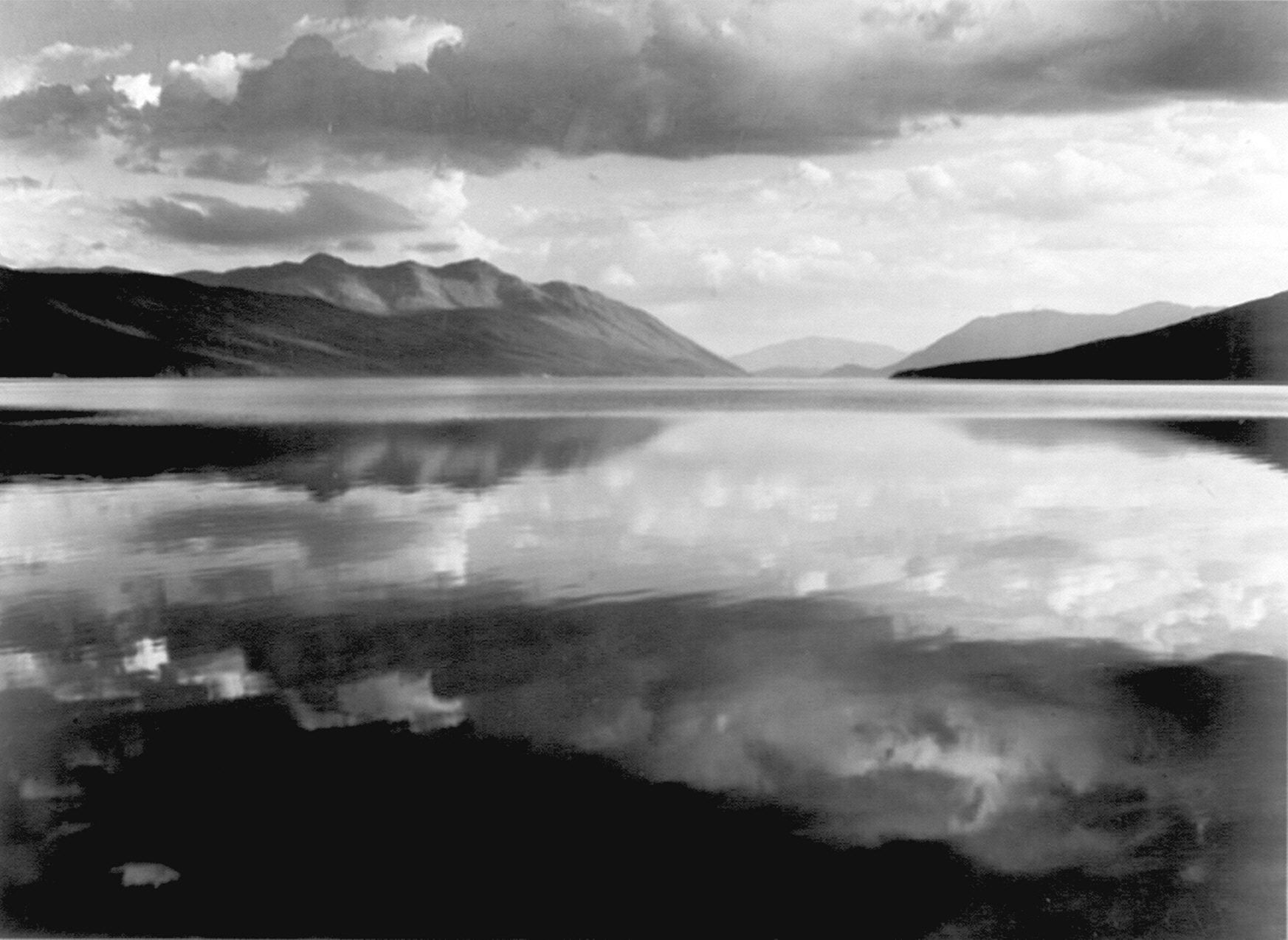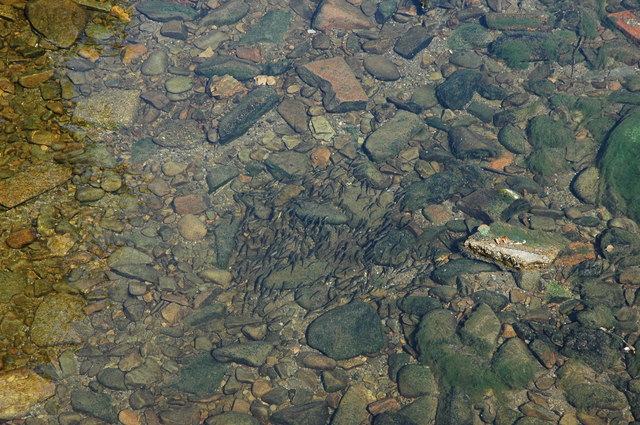Nature writing reaches a crest when it is poetic and mysterious, yet grounded in the observational discipline of scientific inquiry.
Most often written in the first-person, readers are treated to the author's reflections and existential musing. The earthly mechanics of nature provide a wealth of metaphors.
"The grand show is eternal. It is always sunrise somewhere; the dew is never dried all at once; a shower is forever falling; vapor is ever rising. Eternal sunrise, eternal dawn and gloaming, on sea and continents and islands, each in its turn, as the round earth rolls."
― John Muir
Nature writing engages our senses, coaxing from us heightened sensory awareness. At its best, nature writing reminds us training our senses enables us to
see beyond mere highlight, shadow, and color.
"It's all a matter of keeping your eyes open...If I can't see these minutiae, I still try to keep my eyes open. I'm always on the lookout for antlion traps in sandy soil, monarch pupae near milkweed, skipper larvae in locust leaves. These things are utterly common, and I've not seen one."
― Annie Dillard, Pilgrim at Tinker Creek
Words and phrases engage our auditory sense:
"Every hidden cell is throbbing with music and life, every fiber thrilling like harp strings."
― John Muir, The Wilderness World of John Muir
Words and phrases engage our olfactory sense:
"In the spring, at the end of the day, you should smell like dirt."
― Margaret Atwood, Bluebeard's Egg
Words and phrases appeal to our sense of taste:
"One swallow does not make a summer, but one skein of geese, cleaving the murk of a March thaw, is the spring."
― Aldo Leopold
Words and phrases appeal to our primal instinct to connect:
"One touch of nature makes the whole world kin."
― John Muir, Our National Parks
Nature writing is often deliciously multi-sensory:
"Once there were brook trout in the streams in the mountains. You could see them standing in the amber current where the white edges of their fins wimpled softly in the flow. They smelled of moss in your hand. Polished and muscular and torsional. On their backs were vermiculate patterns that were maps of the world in its becoming. Maps and mazes. Of a thing which could not be put back. Not be made right again. In the deep glens where they lived all things were older than man and they hummed of mystery."
― Cormac McCarthy, The Road
From acute sensory experience, the best nature writers deftly transition to existential ruminations and philosophy. Compelling nature writing frames the alluring sensory experience with the limit of our senses, our morality:
"Autumn teaches us that fruition is also death; that ripeness is a form of decay. The willows, having stood for so long near water, begin to rust. Leaves are verbs that conjugate the seasons."
― Gretel Ehrlich, The Solace of Open Spaces
"All through autumn we hear a double voice: one says everything is ripe; the other says everything is dying. The paradox is exquisite. We feel what the Japanese call "aware"--an almost untranslatable word meaning something like "beauty tinged with sadness."
― Gretel Ehrlich, The Solace of Open Spaces
Nature writers invite us to find comfort and solace:
"Those who contemplate the beauty of the earth find reserves of strength that will endure as long as life lasts. There is something infinitely healing in the repeated refrains of nature -- the assurance that dawn comes after night, and spring after winter."
― Rachel Carson, Silent Spring
From comfort and solace, we are gently coerced to the short leap into meditation and philosophy:
Being the Stream
Meditation is not just a rest or retreat from the turmoil of the stream or the impurity of the world. It is a way of being the stream, so that one can be at home in both the white water and the eddies. Meditation may take one out of the world, but it also puts one totally into it."
― Gary Snyder
REFERENCES










